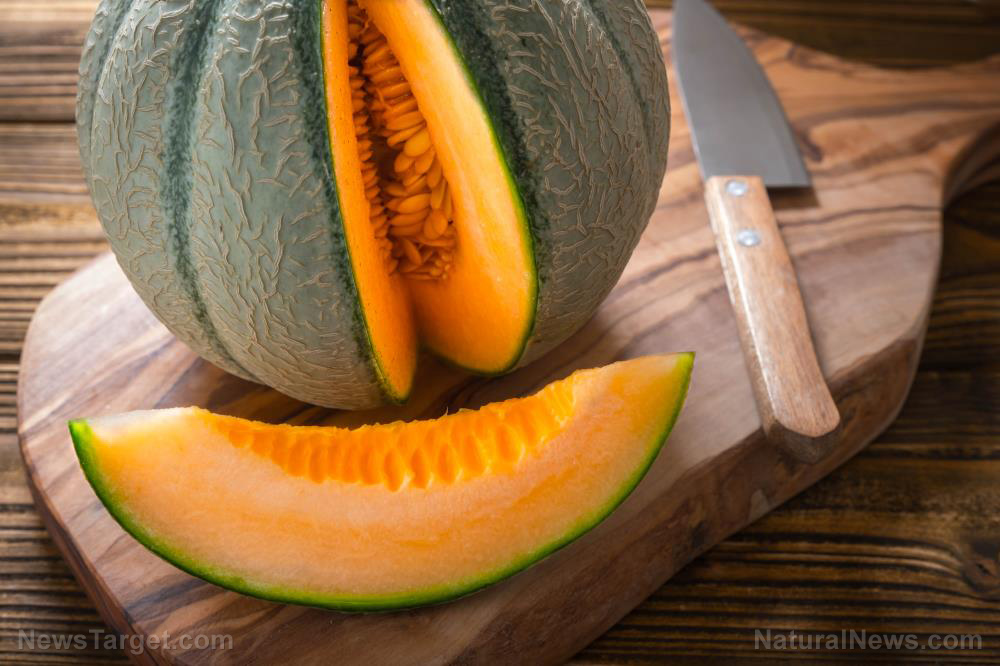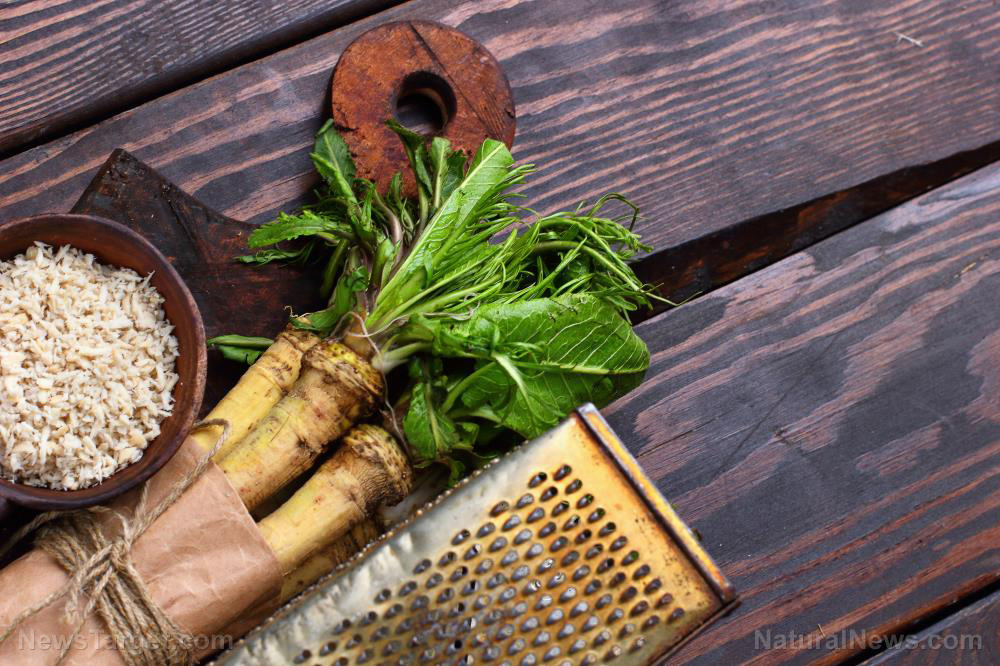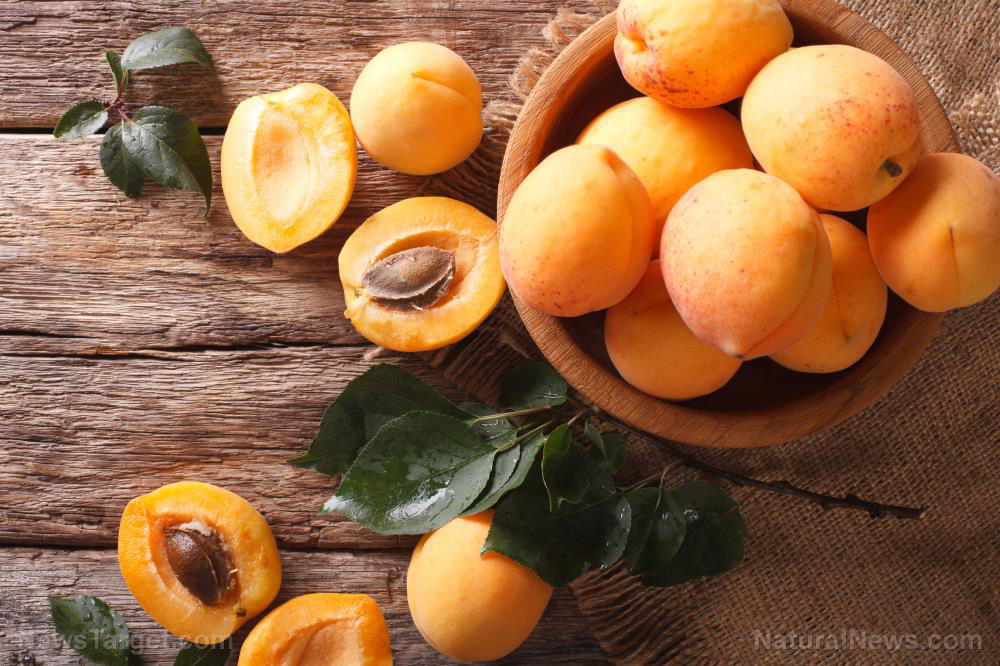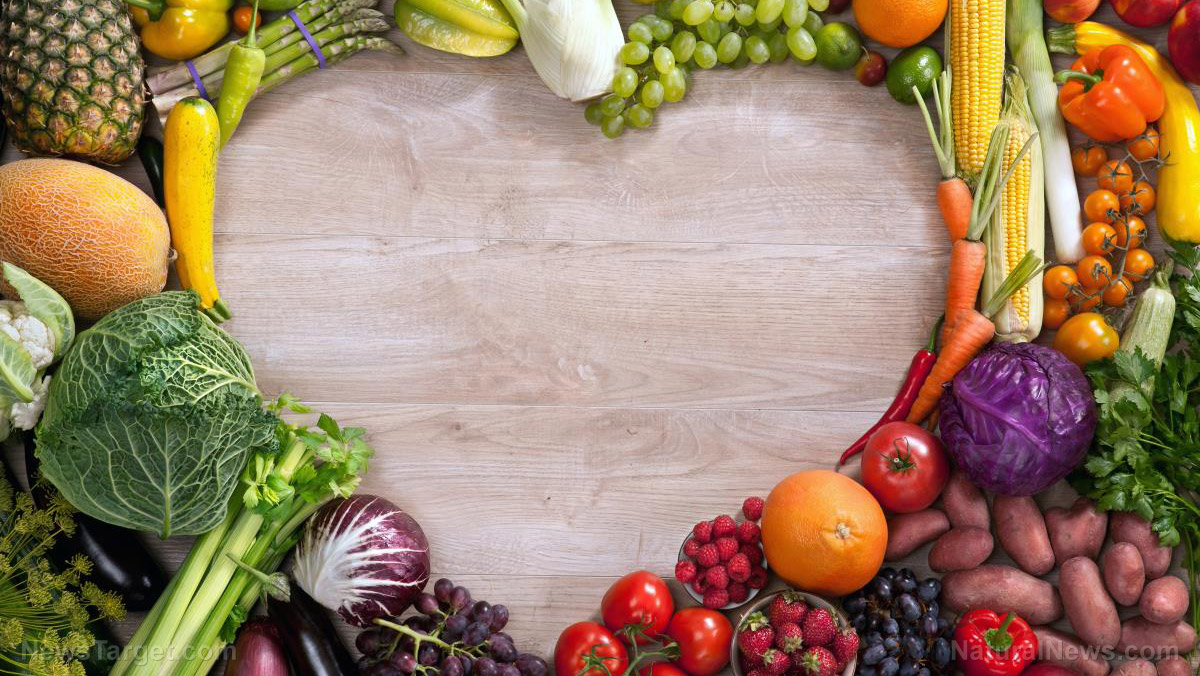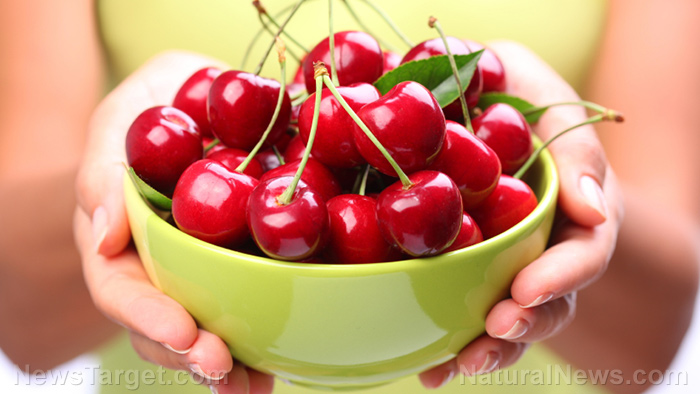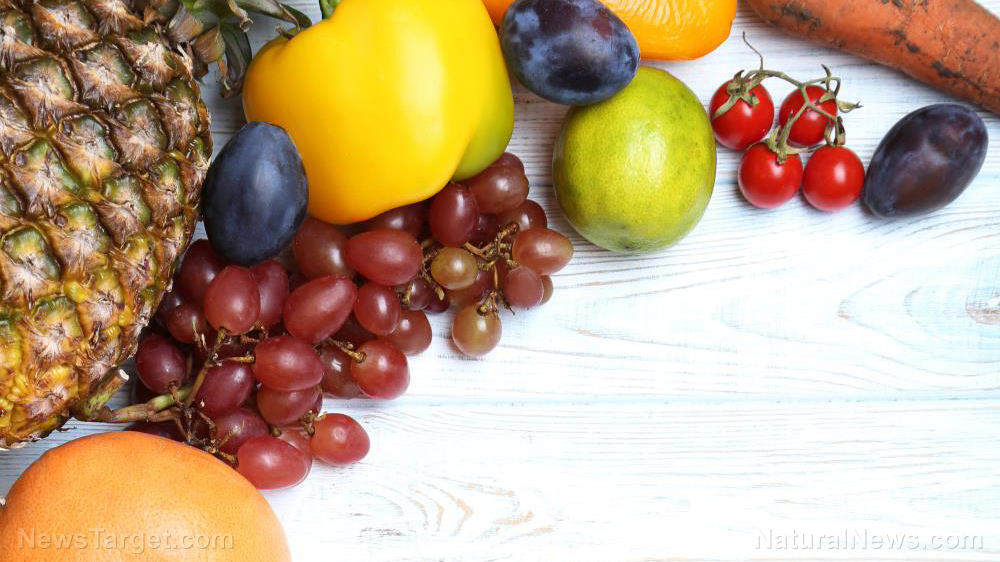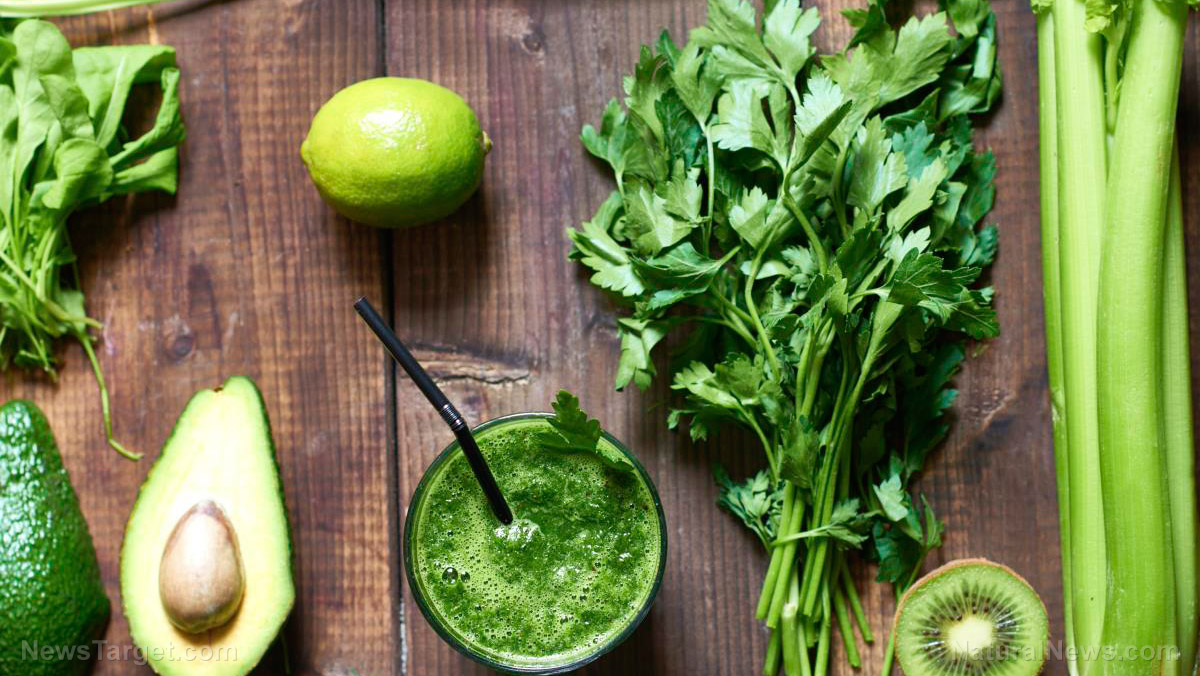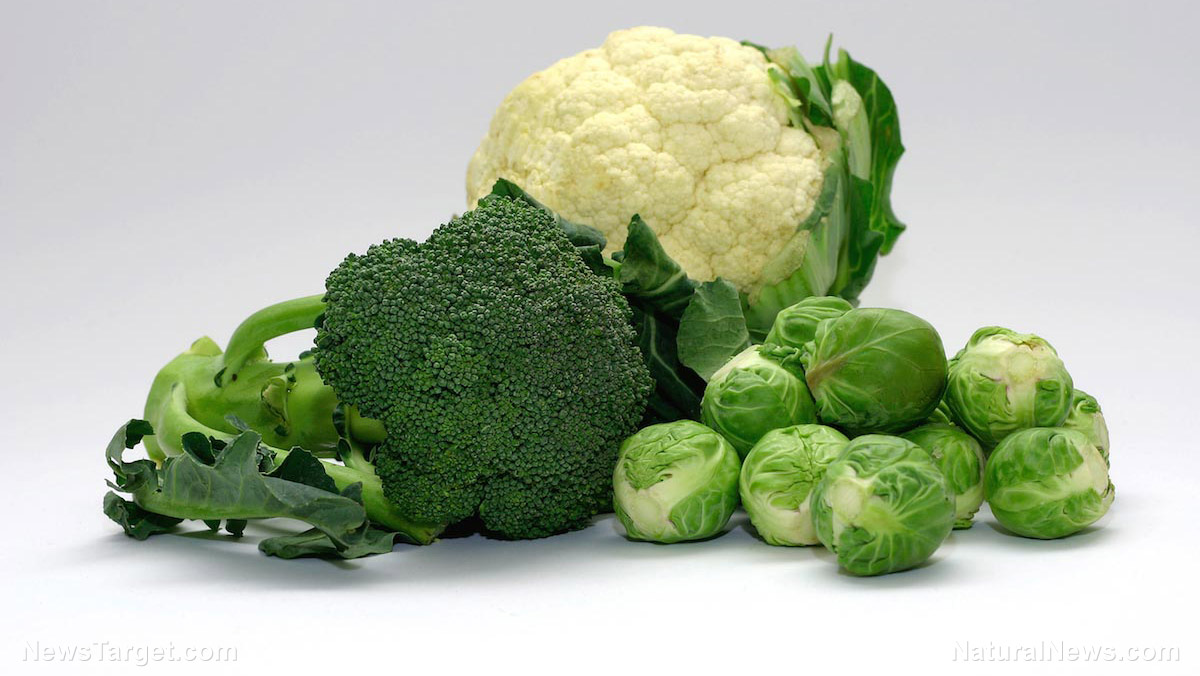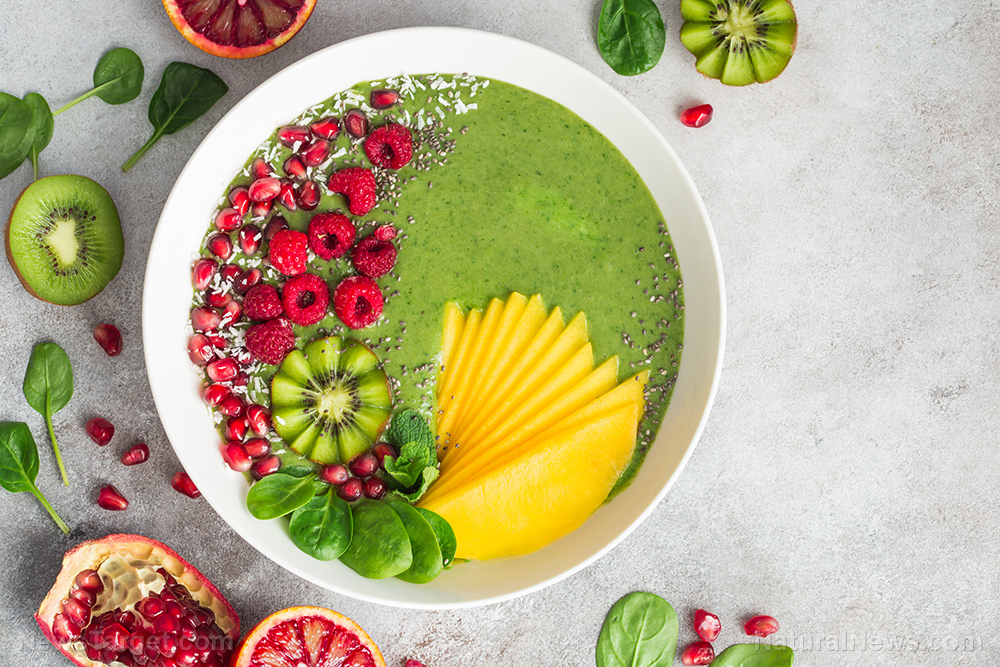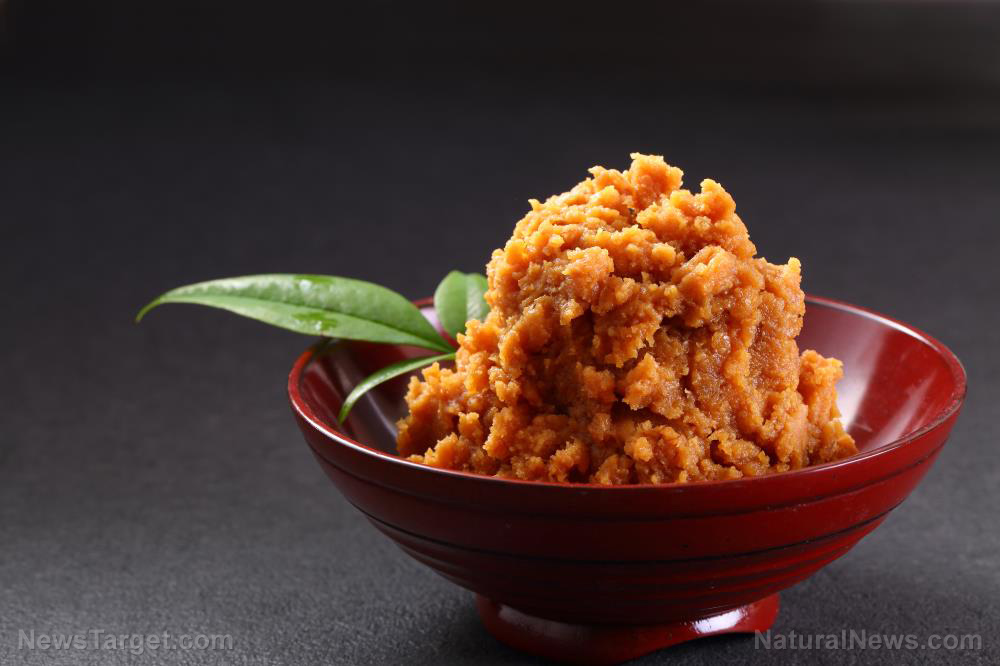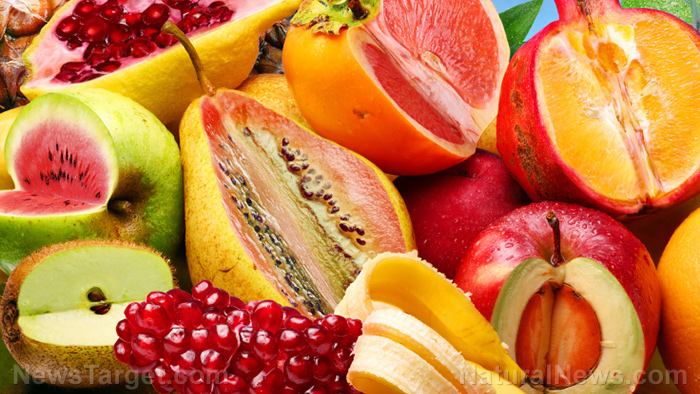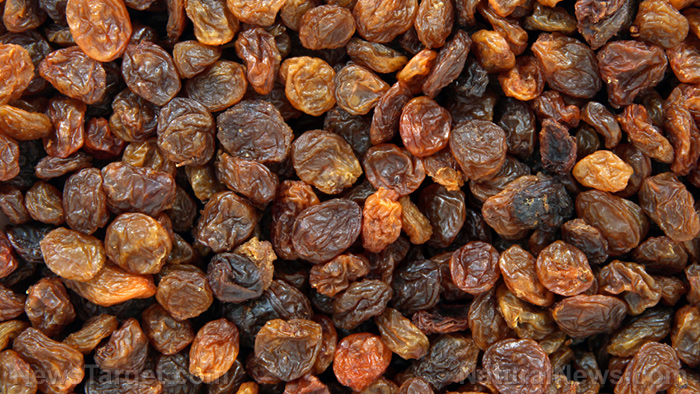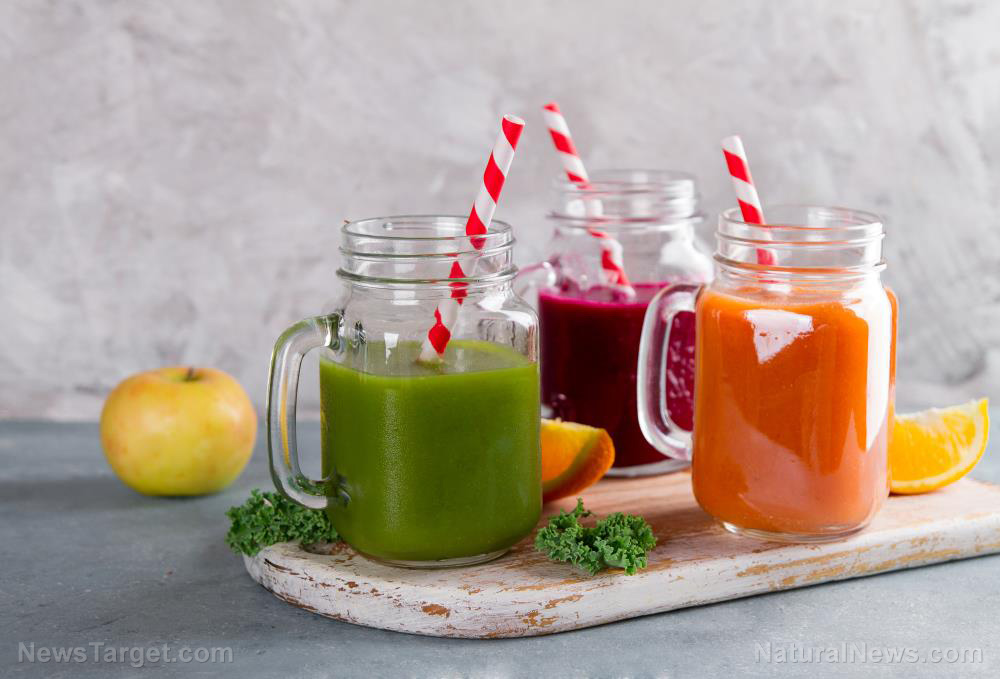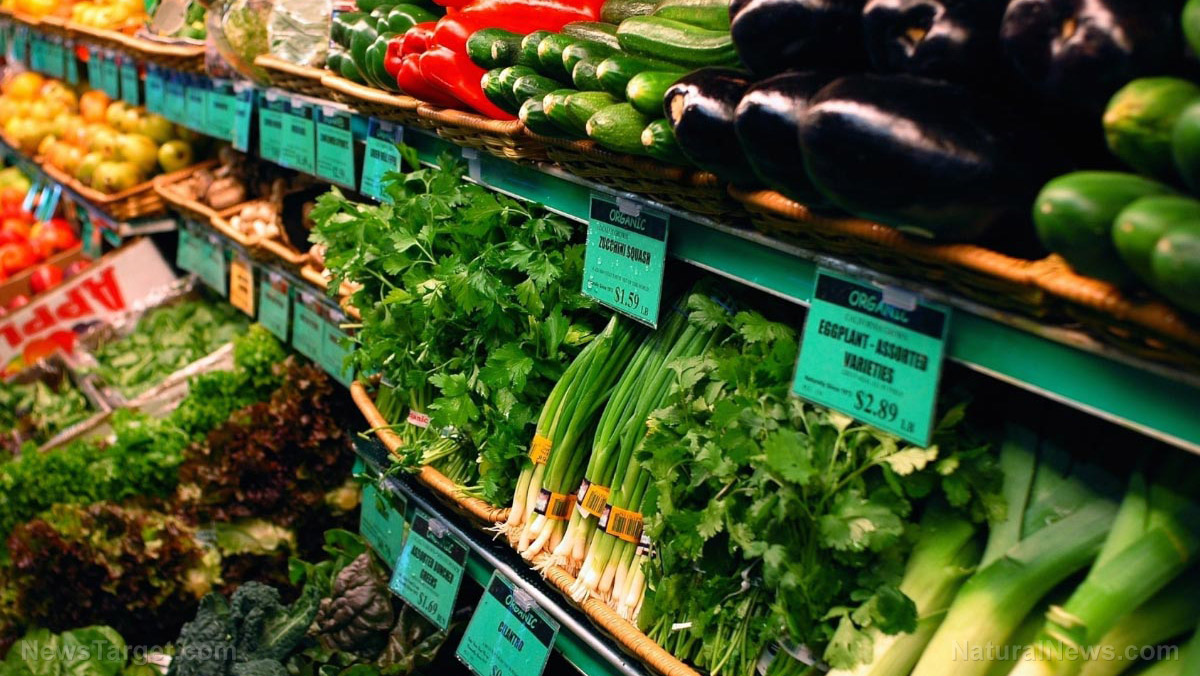Pale produce: forgotten nutrient powerhouses
09/23/2015 / By Vicki Batts

A recent report in Advances in Nutrition, published by the American Society for Nutrition, suggests that we should not forget our pale produce when we think of healthy foods. Though they are not the brightest of the bunch, and may not stand out in a crowd, white fruits and vegetables come with their own set of nutrients. They are often high in potassium and magnesium, as well as fiber and antioxidants. White foods are often overlooked for their more colorful, well-known counterparts like broccoli instead of cauliflower, or kale instead of cabbage.
Connie Weaver, a nutrition science professor at Purdue University, points out that while many colored vegetables have weekly or daily serving goals no such suggestion is available for white vegetables. She states, “Overall, Americans are not eating enough vegetables, and promoting white vegetables, some of which are common and affordable, may be a pathway to increasing vegetable consumption in general.”
Potatoes are an excellent source of potassium, for instance, and are also very affordable. Onions are filled with antioxidants – even more so than garlic, and mushrooms are a great source of vitamin D, something many people in the U.S. are deficient in. Cabbage is an excellent source of fiber, which is perfect for keeping you full and satiated after a meal.
Any vegetables are better than no vegetables, and pale-colored veggies will give you plenty of bang for your buck.
Sources:
RECENT NEWS & ARTICLES
COPYRIGHT © 2017 FRESH NEWS

